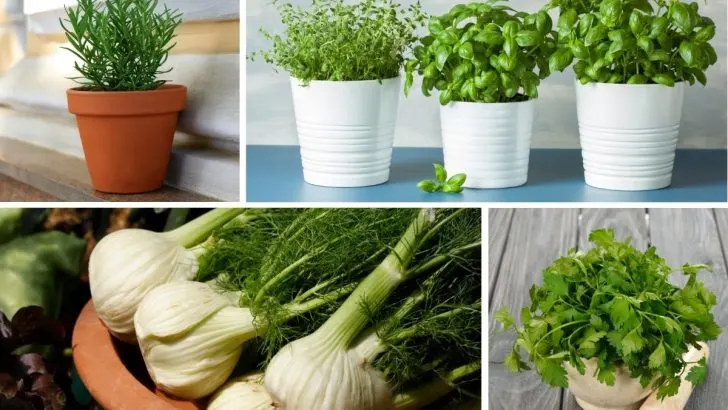First things first, some herbs are like the prima donnas of the plant world—temperamental and hard to please. While they may thrive in the great outdoors, bringing them inside is akin to putting a cat in a bath.
Sure, they’ll grow, but they won’t be happy about it. The truth is, many herbs need the kind of sunlight and space that only a garden bed can provide.
So, let’s uncover the divas of the herb garden that might frustrate even the greenest of thumbs when grown indoors.
This guide will help you dodge the pitfalls of indoor herb gardening by highlighting the herbs that are better left to bask in the glory of the sun’s full rays.
You’ll learn which plants are likely to wither on your windowsill and which aspects of their nature make them more fit for outdoor living. Ready to dig in? Let’s cultivate some knowledge!
1. Dill: The Towering Giant
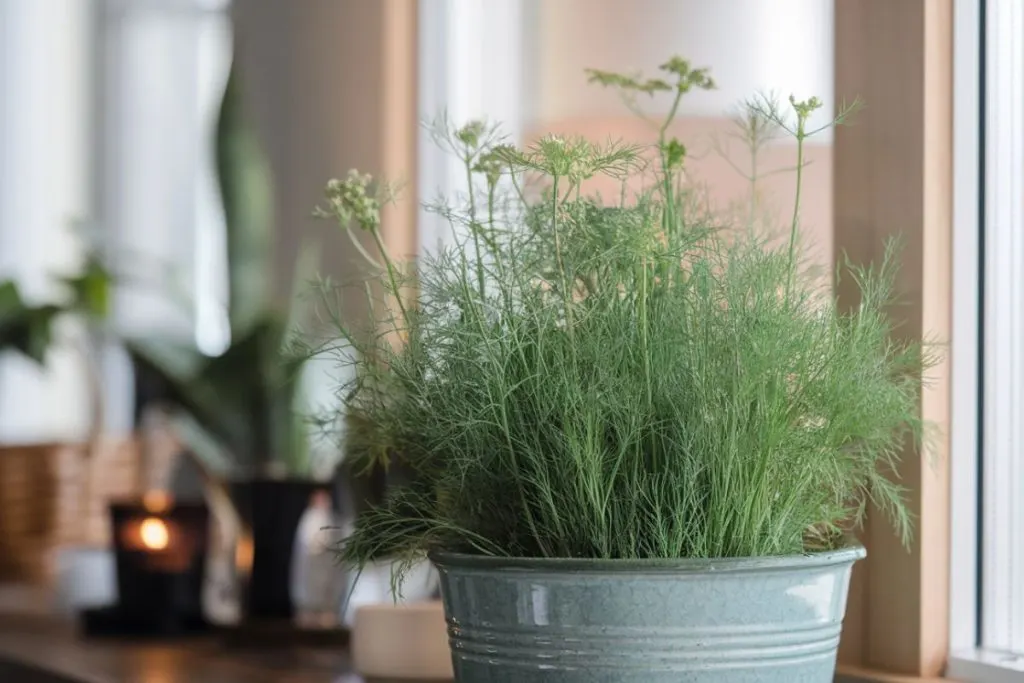
Dill is the skyscraper of the herb world, reaching impressive heights of up to five feet! If you’ve only got a little space to spare, this is definitely not your herb. With its long taproots, dill needs a hefty one-foot-deep pot.
And trust us, that’s not something you want toppling over in your kitchen. Plus, big as it grows, it’s equally demanding of sunlight—requiring a solid 6 to 8 hours of direct rays each day.
Add to that the need for weekly watering, and you’ve got yourself a rather needy plant. Instead, consider growing dill in your outdoor garden where it can stretch out and properly show off its impressive stature.
In an indoor setting, dill will likely become leggy and weak, much like a basketball player packed into a small car. Its massive roots need ample room to breathe, which means a tiny windowsill pot just won’t cut it.
If you insist on having dill year-round, try harvesting and freezing it. This way, you can enjoy its freshness even when it’s hibernating outside during the colder months.
2. Basil: The Sunshine-Loving Diva
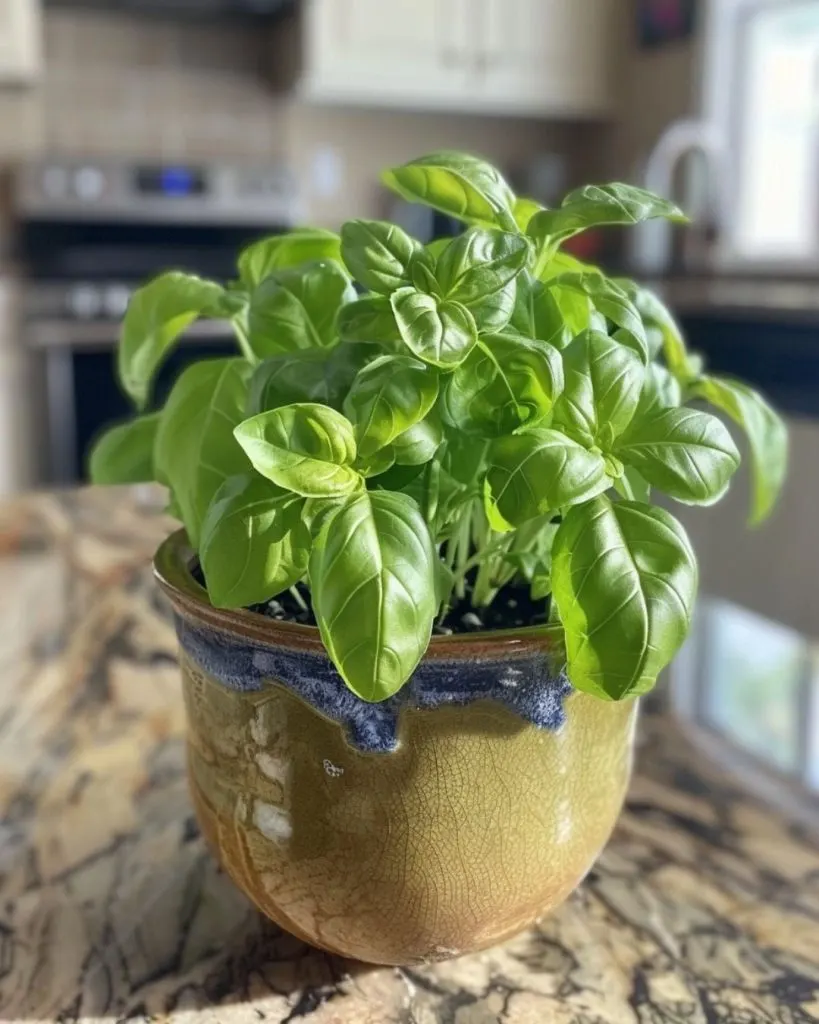
Basil may be the darling of the culinary world, but it’s also as picky as they come. This herb craves sunlight like we crave our morning coffee. It’s no wonder, then, that when conditions aren’t perfect, basil throws in the towel rather quickly.
It requires a warm, sun-soaked environment with consistent temperatures hovering around 70°F. A slight fluctuation, and it might decide to wilt faster than you can say ‘pesto’.
Watering basil is a tightrope walk; too little and it droops, too much and it drowns. Are you ready for the juggling act? If not, basil might leave you feeling like you’re all thumbs.
Deciding to grow it outdoors not only takes the edge off the watering woes but also rewards you with those lush, aromatic leaves that are the star ingredient in countless recipes.
3. Garlic: The Slow and Steady
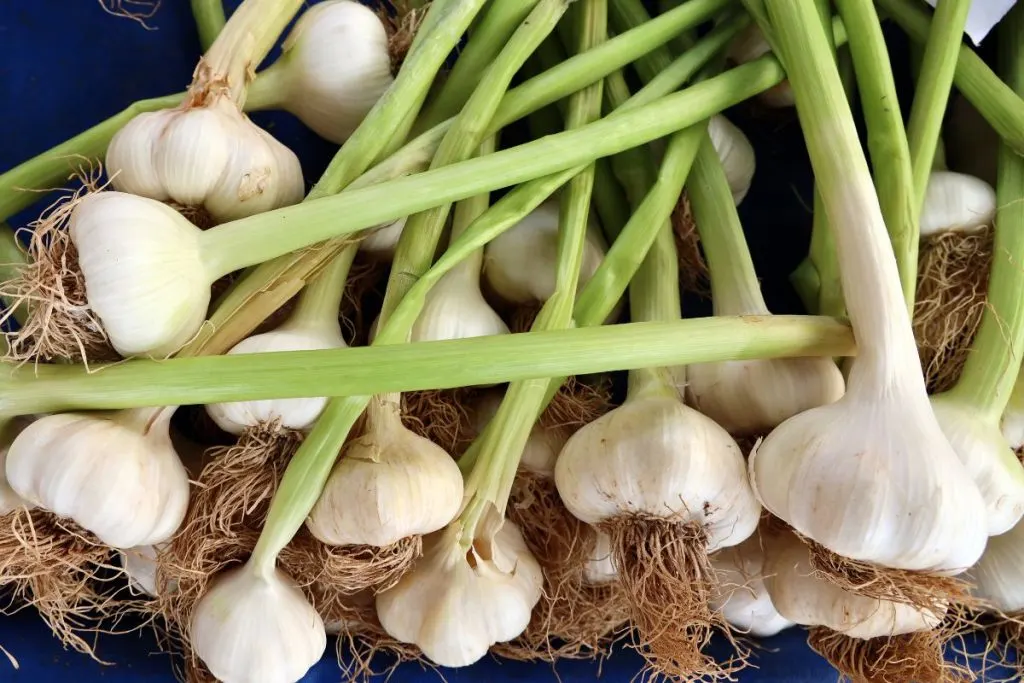
Garlic is like that old friend who takes forever to get ready but is worth the wait. Patience is a virtue if you’re thinking about growing garlic indoors.
This herb prefers a more leisurely pace, ideally starting its journey in the fall and slowly maturing in the spring. It’s a rhythm that doesn’t match the fast-paced lifestyle of most home environments unless you’re blessed with a cold room.
While it’s possible to grow garlic’s greenery indoors for a mild flavor boost to your dishes, don’t expect the bulbs to mature indoors.
The bulbs really need time and seasonal changes to become that delicious aromatic ingredient we all love to chop and sauté. If you have a sunny outdoor garden, start your garlic there, and your patience will be justly rewarded.
4. Chamomile: The Delicate Dabbler
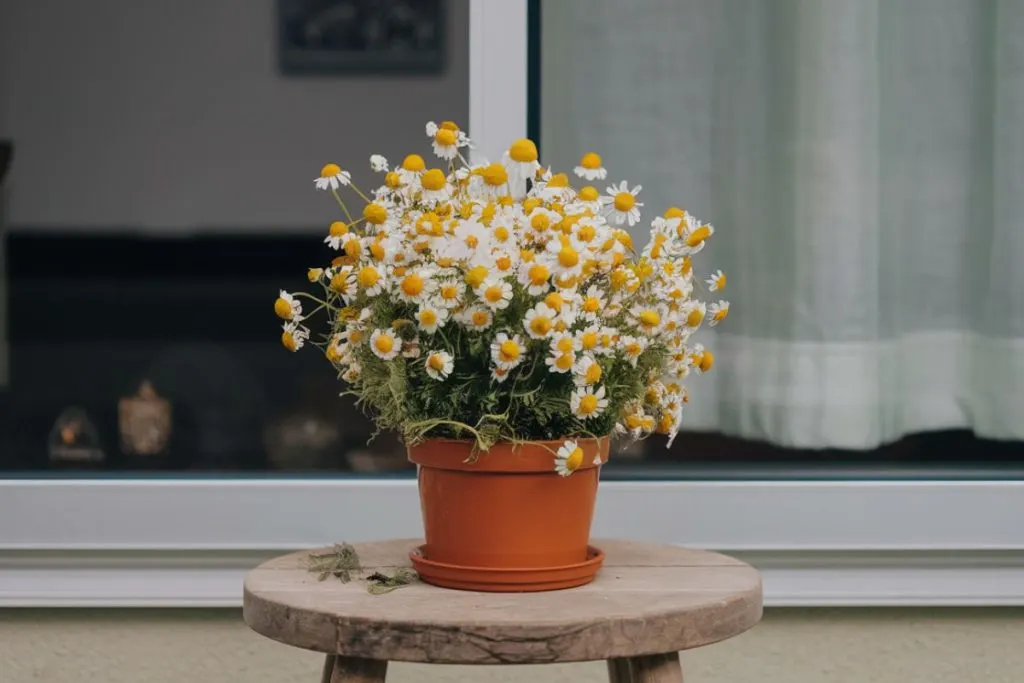
Who wouldn’t want the soothing comfort of fresh chamomile tea made from their own garden?
Unfortunately, chamomile is like the introvert of the plant world; it enjoys spreading out but isn’t all that comfortable in indoor pots. Without ample sunlight, chamomile will remain stunted, producing fewer flowers than you’d hope for.
The sheer width of the plant makes it unsuitable for small spaces, often resulting in a weak, spindly appearance as it stretches toward any available light.
And while it can certainly grow indoors, you’ll find its propensity for spreading makes it more suited as a cover crop than as a windowsill companion.
In short, chamomile’s delicate blooms are best appreciated when grown outside where you can cultivate a larger, more robust plant that’s capable of producing enough flowers for your tea habit.
5. Fennel: The Space Invader
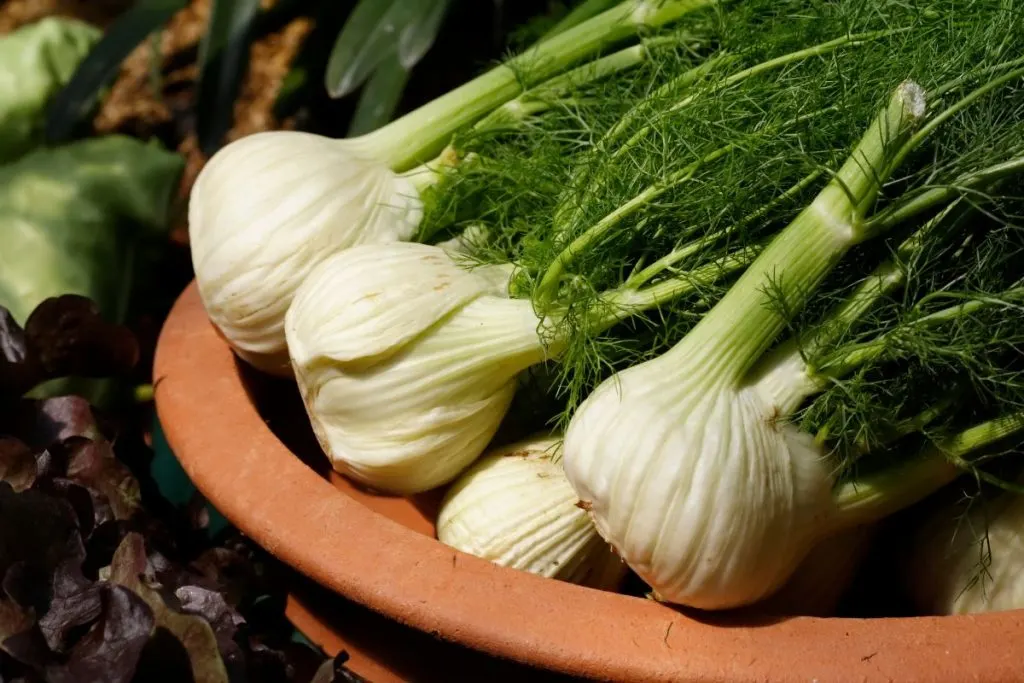
Fennel is the undisputed champion of space occupation. This plant shoots up to six feet high and sprawls over an area of two feet wide—talk about needing your personal space!
Growing fennel indoors is a bit like trying to squeeze a sumo wrestler into a pair of skinny jeans. It doesn’t work out too well.
Fennel needs full sunlight and well-drained soil to thrive. Without these, it can become as leggy as a runway model, stretching and straining for light.
Overwatering can spell disaster, leading to soggy soil and root rot. Much better, then, to enjoy the fruits of someone else’s labor by buying fresh fennel bulbs from your local grocery store or stocking up on seeds from the spice aisle.
By choosing not to grow fennel indoors, you’re saving yourself from the potential heartache of seeing your once-promising plants wither away. Plus, you gain a better appreciation for the effort it takes to cultivate this finicky herb.
6. Parsley: The Shy Performer
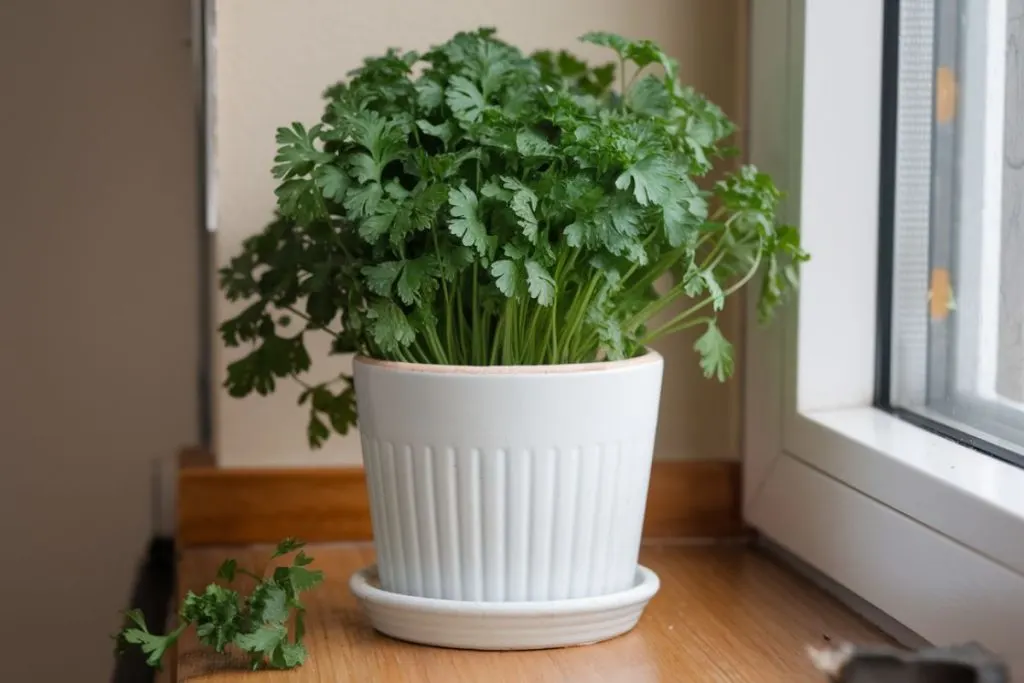
Parsley, often the garnish of choice, isn’t shy in its demands for sunlight. Indoors, it tends to be a bit of a shrinking violet, lacking the vigorous growth it exhibits outside.
In its search for rays, parsley extends towards windows, resulting in long, spindly stems and little reward in terms of flavor.
A lack of sufficient light can lead to weak and tasteless leaves that are a far cry from the robust flavors you’re used to. The long stems might collapse, turn yellow, and slowly die off, a disheartening sight for any plant enthusiast.
By planting parsley outdoors, you allow it to soak up the sunlight it needs to produce flavorful, healthy leaves. You’ll not only get tastier results but also spare yourself the heartbreak of watching it struggle indoors.
7. Rosemary: The High-Maintenance Maestro
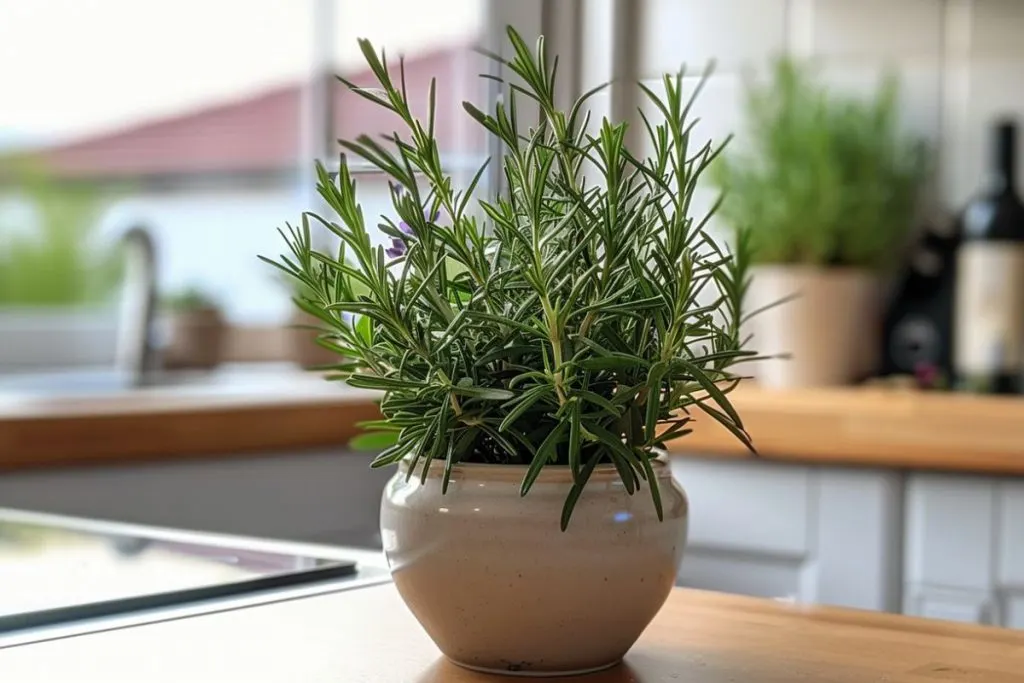
Rosemary might be the king of herbs in a roast dinner, but growing it indoors is a challenging symphony of needs. Like a cunning maestro, it demands well-drained soil and copious sunshine to reach its full aromatic potential.
Without regular pruning, rosemary can quickly become too bushy for indoor settings, crowding out other plants and monopolizing your counter space.
Its high maintenance doesn’t stop there. Over-watering rosemary can lead to root rot, ending your aromatic aspirations in a hurry.
Instead, opt for outdoor cultivation; there, rosemary can grow to its heart’s content, gifting you with robust leaves ready to be snipped and transformed into culinary masterpieces.
By striking the right balance between sunlight and care, you can enjoy a flourishing rosemary plant that makes your outdoor garden feel like a fragrant getaway.

